#Seljuk empire
Explore tagged Tumblr posts
Text


Bronze incense burner in the form of a peacock, Seljuk Empire, 12th-13th century
from The Brooklyn Museum of Art
16K notes
·
View notes
Text

The Massacre of Antioch by Gustave Doré
#gustave doré#art#antioch#first crusade#crusade#crusades#siege of antioch#history#medieval#middle ages#turkey#christians#muslims#christian#muslim#crusaders#crusader#knights#seljuk empire#byzantine empire#seljuk#byzantine
231 notes
·
View notes
Text

Bowl with horseman and Seated Figures.
Iran. 12-13th Century CE. Possibly Seljuk in origin.
The Walters Museum of Art.
#art#culture#middle eastern history#history#medieval history#medieval#seljuk#seljuk empire#turkic#iran#iranian art#the walters museum#the Walters museum of art
28 notes
·
View notes
Photo

The Seljuk Empire, 1037-1194.
by @LegendesCarto
65 notes
·
View notes
Text
Konya: The land of the Seljuk Empire, 12th-13th centuries

View On WordPress
0 notes
Text



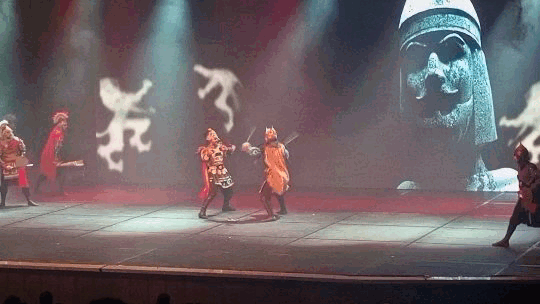
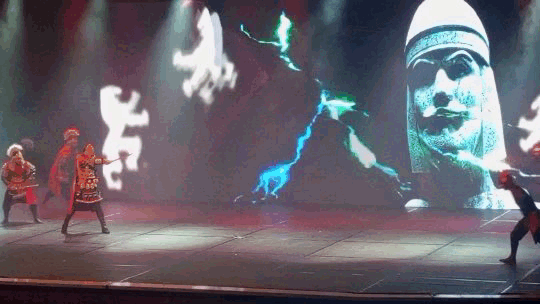
The Battle of Manzikert theme dance performance.
#history#art#aesthetic#turkic#ottoman empire#turkish#seljuk#byzantine#byzantium#traditional dance#danceperformance#dance#dancers
8 notes
·
View notes
Text
I think it a point worth restating:
The first Muslim claim to Jerusalem is the same claim that the Greek civilization in a Christian form it deposed had. The Yarmuk and Gaugamela have equal legitimacy, if Muslims are the indigenous culture of the region then they supplanted an indigenous culture. If the Greeks they displaced are imperialist colonizers then a religion imposed by soldiers is innately colonialist because it replaced a Christian and Zoroastrian Aramaic and Farsi speaking world with an Arabic Islamic one. Nobody 'voluntarily' adopts a new language, it is always forced by means more or less overtly imperialist, whether or not people have the historical awareness enough to realize this is what happened.
The claim deposed by General Allenby in 1918 at Megiddo was won by the same means by the armies of the Ottoman Sultan, who went against the heirs of Sultan Baibars, eraser of the Crusader states. At the time the three sub-provinces of what would later be termed Palestine were eastern Mamluk zones. As a result of this battle, where the heroic legions of Baibar's successors were butchered by cannons much like they would be again by Napoleon, showing the signal inability of Mamluks to accept the implications of why they were semi-loyal servants of the Ottomans in the first place, the region later merged into Mandatory Palestine became Ottoman territory for 402 years.
And so the question. If winning a battle made Abdulhamid II and the genocidal murder-gang called the Committee of Union and Progress the rightful masters of Jerusalem, why does this only apply to the empire whose conquest unraveled in another conquest and when is the statue of limitations on conquest met?
This is one of the reasons why trying to apply a logic suited to understanding the history of the Americas breaks down very hard in the region where empire begins at the dawn of humankind's experiments in civilization in the hubristic and grandiloquent boasts of the lords of Sumer and Agade of being 'lords of the four corners and all the world.'
Either empires and the identities they spawn as their bastard offspring or legitimate or there's never been any coherent ethnocultural identities in the region, only a sequence of fallen empires and rising and falling religions loosely superimposed into a historical narrative. To grapple with this is to grapple in turn with one of the simplest realities of history. Not every culture comes close to sharing the same narratives or experiences, and projecting the ideal self-image of one culture onto the vastly different experiences when Selim the Grim is a founding father of a 400-year world which was much younger than Ottoman rule of the Balkans, as compared to a world started by James Polk's blundering horde ripping apart the semi-functional and badly wounded Mexico of the Age of Santa Anna.
Some principles, if held to be universal, render entire elements of histories and cultures incoherent and impossible to describe unless one is willing to admit that the history of the Middle East is not that of Europe, or China, or India, or Central Asia, or the Americas, or the Australian continent and that different regions should be treated respectfully, and differently, with awareness the underlying faultlines are also distinct.
#lightdancer comments on history#middle eastern history#islamic history#mamluk history#history of the ottoman empire#point worth noting that Ottomans vs Mamluks had Arabs reduced to serfs at that point and resenting it as they have ever since#they have never accepted that the Seljuks turned them from lords to hewers of wood and drawers of water#no different to how Mexico still resents the loss of Texas and California#though whether or not giving current Texas back to Mexico would be a punishment or not is a different question#a truer history of Arabs as subjects vs lords starts with the Seljuk Sultanate and the Mongol sacking of Baghdad#but that would again require the people who want to defend Islamic history to know anything about it to have those conversations#and that would require them in turn to actually put the effort to find it#and that effort does not and will not exist because it would spoil too many illusions#poor Alp Arslan and Baibars and Selim the Grim and Suleiman the Magnificent#even when the Battles of Actium and Gaixia and Moscow defined history no less in other parts of the world
1 note
·
View note
Text
Avicenna, Canute dies, Steve and Vladimir baptize, Bulgar-Slayer, Brian Boru, Normans in Apulia Guy d'Arezzo, Moorish art, Roman Church breaks apart Holy Roman Empire peaks; hello, Crab Nebula
Comneni, Hauteville, Patarines, Bogomils Bologna U, Canossa Walk, Genoa has a nice dock Seljuk Turks, Vikings, England's got a French king El Cid falls, Domesday Book, Crusaders in Antioch
We didn't make the Wheel turn It was always spinning while we've all been sinning We didn't make the Wheel turn It's been hard to grapple since one plucked that Apple
#history#sorry#I just spent 2.5 hours straight on this#maybe I should have picked the 12th century instead of the 11th though#my work
297 notes
·
View notes
Text
Broke: Turkey is 4000 years old and existed in the form of the Turkic Khaganate
Woke: Turkey is, at oldest, the Ottoman Empire because that was when the identity of the Turkish nation, culture, and people became set in stone
Bespoke: Turkey was a tiny pipsqueak running around for a bit as one of the many Turkic tribes that migrated west before eventually inheriting the power of Seljuk and becoming the Ottoman Empire, so he is old, but he doesn't stretch as far back as the Turkic Khaganate since that's the origin of all Turkic nations and making Turkey the single sole representative of the Khaganate ignores the other Turkic identities and groups that developed from the Khaganate as well. The Turkic Khaganate also does not completely represent the ethnic makeup of Turkish people nowadays, as well as the ethnic makeup of other groups like Tatars and Kazakhs due to interactions with Persia, Mongols, and other Europeans. The reason why Turkey's perceived to be old is most likely his "old man fit" which is really just how any Turkish dude in Turkey dresses
#hetalia#hws turkey#aph turkey#sadik adnan#tokki writes#here's my take on the “TURKEY IS OLD!!!” vs “HES NOT THAT OLD!!” opinions lately
161 notes
·
View notes
Text

ahem… crusader kings 2. 11th century… alternative holy war against the Seljuk Empire?.. son of Jay of Woking and Selim Usmanoglu?.. skirmish in the local mountains and fall into caves?.. ... idk don't judge me😠this idea just stuck in my head
125 notes
·
View notes
Text

Silver pendant with a lapis lazuli mount, Seljuk Empire, 12th-13th century
from Hermann Historica
278 notes
·
View notes
Text
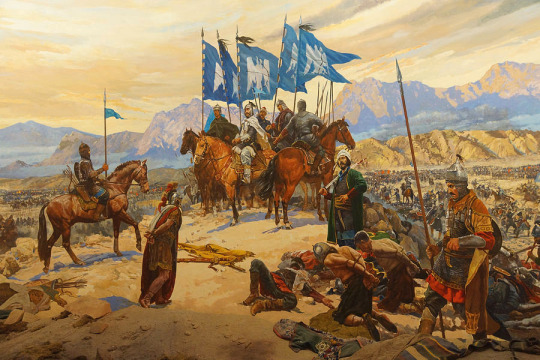
The Battle of Manzikert, 1071 by Steve Estvanik
#battle of manzikert#art#steve estvanik#seljuk turks#seljuk empire#seljuk#history#turkey#medieval#middle ages#byzantine empire#byzantium#byzantines#byzantine#anatolia#romanos iv#emperor#eastern roman empire#roman#romanos iv diogenes#romans#alp arslan#asia minor#asia
118 notes
·
View notes
Text

Manuscript from a Koran. Seljuk. Iran, Kerman Province. 1164 CE.
The Penn Museum.
#iranian history#Iran#iranian art#Iranian#Persian#Seljuk#Seljuk empire#Seljuk dynasty#1100s#medieval history#medieval#middle eastern history#Middle Ages#art#culture#literature#manuscript#Koran#the Penn museum
17 notes
·
View notes
Note
hi hi hello,EAD stundent here (basically a history nerd)
In Dontis' P4, he mentions a person special for him, from 13:18 to 17:00 someting? I dont knoe. So Ive got a quote from that vid and a little bit of an argument i wanted to point out.
"All she wanted from me, was company. Her sons and Husband bled for the Turkish empire and on her mission to find life again, she heard of creatures who could control emotions; itas(?) memories." (13:08-14:??)
The part that I couldnt't really understand after watching that video was: When or in what century did Dontis meet this person?(1) My reason for asking this, is that the expression "Turkish Empire" you use is not actually correct. Well,its not entirely wrong either, but hear me out:
Back then, the name "Turk" was used as the name of the nationality( you can check the first ever usage of it on the website tdkbelletengov, or ttk (also gov))(or simply search Orkhon inscriptions) .And the countries founded by the Turks were not called "Turkish Empire(s)".
("Turkey"/"turkish" isnt an empire, it's a republic, and the empires owned by the Turks are empires such as the Seljuks or the Ottomans).
It isn't well understood because Dontis did not give any info about the date or his age at that time. But, personally, it may be that the person lost her husband and sons in the war, between the period of Ottomans rising and declining, in the 1600s and later. (probably after mehmed the III.)
Okay, besidesthisnerdy ass paragraph there are two other questions:
2) Was there a specific reason behind creating the identity of the person who would have such an impact on Dontis? Or did it just come to your mind?
3)Also, how do you think Dontis might have met this person? I mean why was he in (probably?) in the anatolian region?
Thbaks for bearing with me and my questions habe a good day !!

I remember researching into what certain regions of the world would've called it at the time of their meeting, also depending on the side they were fighting for, and I think I found that some did call it the Turkish Empire at the time. I can't find the source anymore, but if that wasn't the case, then my bad haha
For his character development. He's lived a long life and he's met some interesting people
No idea
23 notes
·
View notes
Text

Over 50 Royal Seals Unearthed in Turkey
Archaeological excavations in Kayalıpınar, a Hittite city in the Yildizeli district of Sivas in the eastern part of the Central Anatolia region of Türkiye, have unearthed over 50 seal impressions from royal family members, including princes, scribes, and local temple lords.
Among the notable finds is the seal of a prince named HattusaRuntiya, which means “Protector of Hattusa,” the ancient Hittite capital. Other seals include Pihaya, a scribe thought to have served Queen Puduhepa, and ArmaTarupasani, a Moon God servant.
Originally a small market for Assyrian merchants, Samuha developed into a prominent trading center in the 18th century BC. The site yielded numerous epigraphic finds and has been identified as the Empire period Hittite city of Samuha. Excavations have shown that Kayalıpınar was an important settlement during the pre-Hittite and Hittite Kingdom periods.
Archeologists Vuslat Karpe and Andreas Muller-Karpe from Germany’s University of Marburg also excavated in Kayalıpınar from 2005 to 2019. With the permission of the Ministry of Culture and Tourism, the new period excavations in the area continue under the direction of Koç University Archaeology and Art History Department Faculty Member Assoc. Prof. Dr. Çiğdem Maner.
Head of Excavation Assoc. Prof. Dr. Çiğdem Maner, AA correspondent, said that the excavations carried out in Kayalıpınar for the last 2 years determined that there was uninterrupted settlement from the Palaeolithic Age to the Seljuk period.
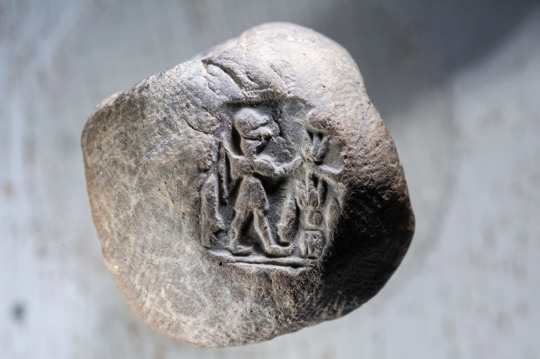
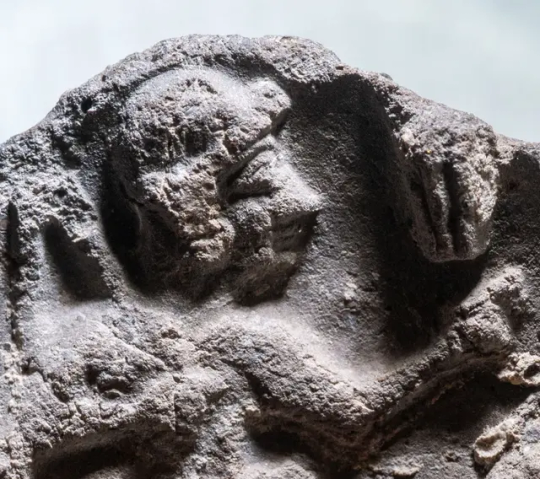
Maner highlighted the architectural discoveries at the site, noting that structures from the Assyrian trade colonies, Hittite, Roman, and Byzantine periods have been unearthed.
“We continued excavating the Hittite administrative building from last year, uncovering more seal impressions. These findings are crucial in reevaluating the history of the Hittite royal family,” said Maner.
The team also discovered new discoveries from various stages of Hittite architecture, a Roman road, and Byzantine-era structures, along with evidence of a significant fire that destroyed buildings from the Assyrian trade colonies era.


“The cuneiform tablets and hieroglyphic seal impressions uncovered here are among the most significant findings,” said Professor Hasan Peker, a Hittitologist from Istanbul University.
The team is currently working in a destroyed archive room, where they found seals belonging to high-ranking officials and members of the royal family.
“Since last season, over 50 seal impressions have been uncovered. This year, we found numerous seals bearing the names of princes, who were either connected to the royal family through marriage or blood ties,” said Peker.
“These seals are not only valuable for confirming the existence of these historical figures, but they also provide essential data on the Hittite administrative system,” explained Peker.
The seals were used to authenticate economic and administrative documents, solidifying Kayalipinar’s importance in Hittite governance.
These discoveries have provided fresh insight into the Hittite royal ancestry and the city’s important function in the governance of the empire.
By Oguz Buyukyildirim.
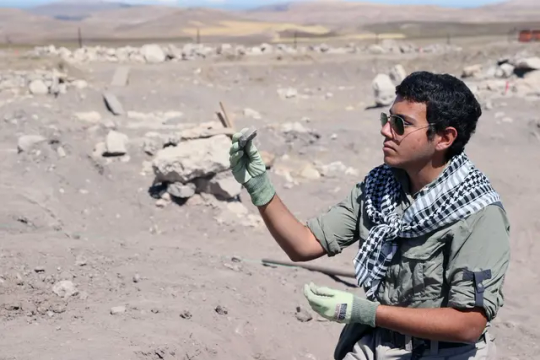

#Over 50 Royal Seals Unearthed in Turkey#Kayalıpınar#Ancient Hittite city of Samuha#ancient seals#ancient artifacts#archeology#archeolgst#history#history news#ancient history#ancient culture#ancient civilizations#hittite history#ancient art#art history
31 notes
·
View notes
Text





Traditional Turkish history themed dance performance, Seljuk eagle dance.
#history#art#aesthetic#turkic#ottoman empire#turkish#traditionalwear#traditional dance#seljuk#dance#dancers#danceperformance
3 notes
·
View notes